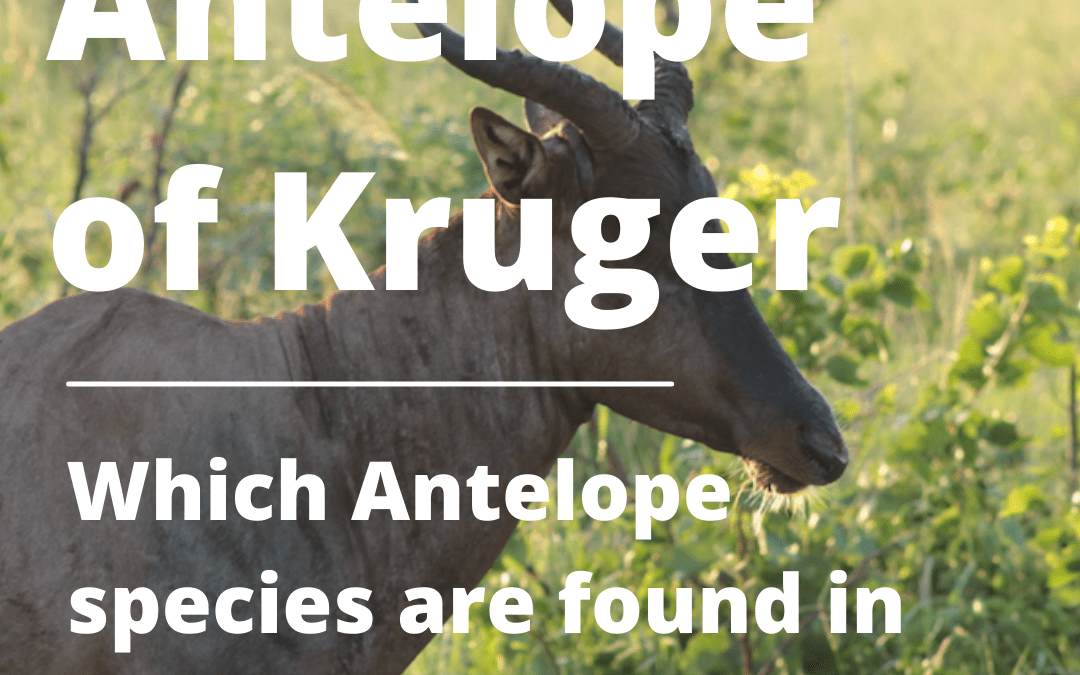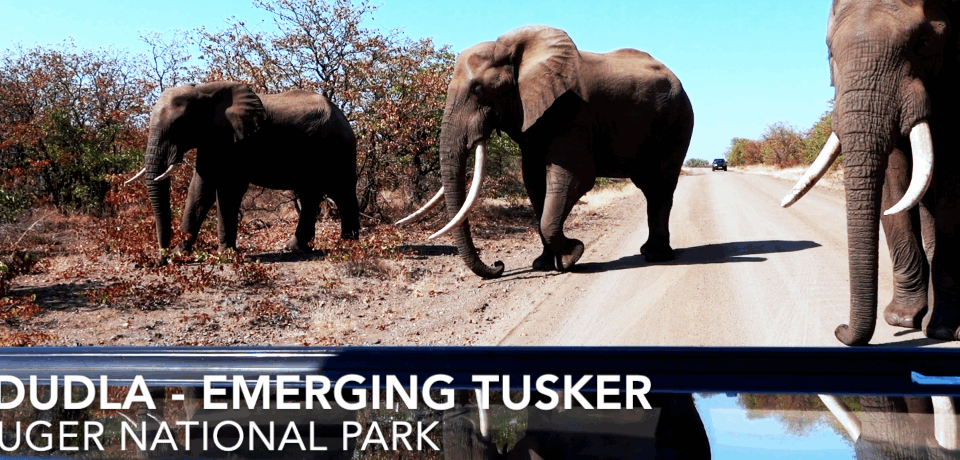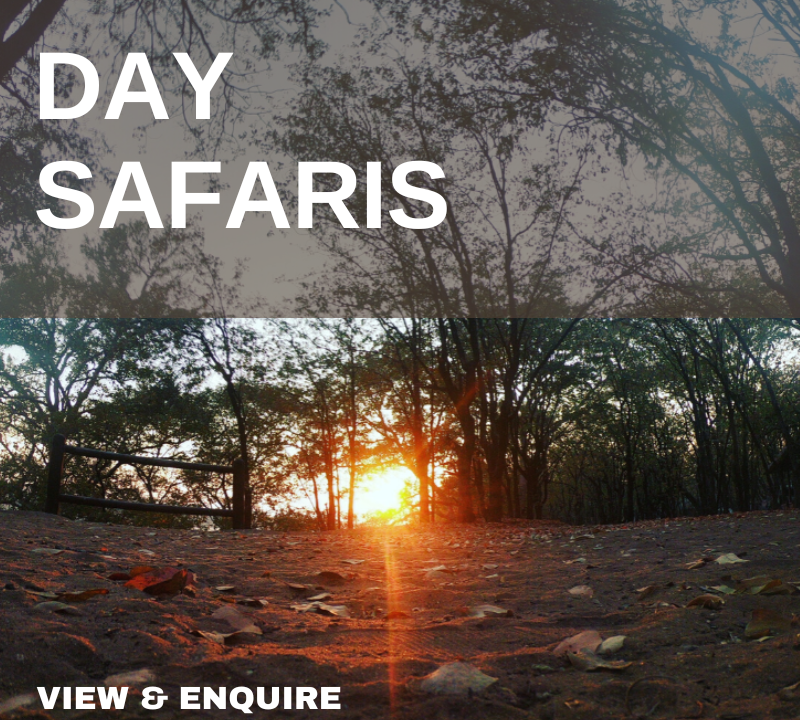
Antelope Species of the Kruger National Park
Kruger National Park is home to several antelope species that are indigenous to the region. Some of the most common antelope species found in the park include:
- Impala
- Greater kudu
- Bushbuck
- Common duiker
- Steenbok
- Grey rhebok
- Klipspringer
- Nyala
- Waterbuck
- Sable antelope
- Roan antelope
- Tsessebe
- Lichtenstein’s hartebeest
- Cape eland
These antelope species can be found throughout the park, although some are more common in certain areas than others.
There are several species of antelope that are considered rare in Kruger National Park. Some of these include:
- Sharpe’s grysbok
- Suni
- Cape grysbok
- Oribi
- Red duiker
- Blue duiker
- Klipspringer (although they are still relatively common compared to some of the other rare species)
- Tsessebe (although they are still present in some areas of the park)
These antelope species are typically found in more remote areas of the park, and are often difficult to spot due to their elusive nature and the thick vegetation in their preferred habitats. However, if you are lucky enough to spot one of these rare antelope species, it can be a truly unforgettable experience.
The estimated population sizes of antelope species in Kruger National Park can vary depending on a number of factors such as habitat quality, competition with other species, predation, and environmental factors such as drought or disease outbreaks. Therefore, the following population estimates are rough approximations:
- Impala: Over 100,000 individuals
- Greater kudu: Around 12,000 individuals
- Bushbuck: Around 8,000 individuals
- Common duiker: Around 15,000 individuals
- Steenbok: Around 20,000 individuals
- Grey rhebok: Around 500 individuals
- Klipspringer: Around 2,000 individuals
- Nyala: Around 7,000 individuals
- Waterbuck: Around 8,000 individuals
- Sable antelope: Around 500 individuals
- Roan antelope: Around 100 individuals
- Tsessebe: Around 3,000 individuals
- Lichtenstein’s hartebeest: Around 1,000 individuals
- Cape eland: Around 3,500 individuals
It is important to note that these are only estimates, and the actual population sizes may be higher or lower depending on the current ecological and environmental conditions in the park.





